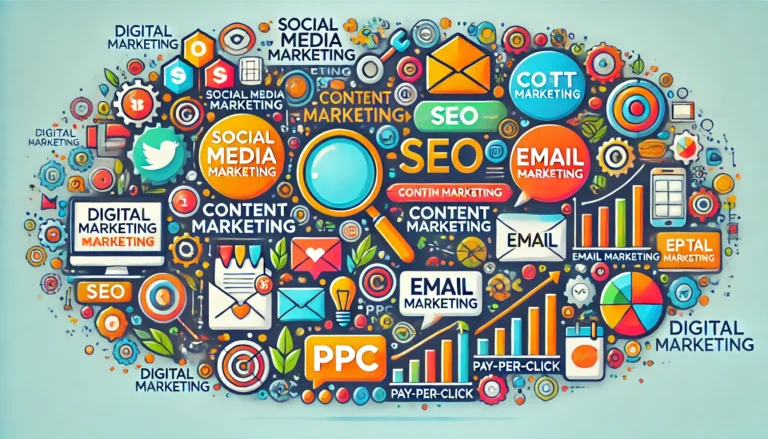UV printing has become one of the most innovative technologies in the printing industry, offering unmatched precision, durability, and versatility. It’s widely used in advertising, packaging, and custom product creation. In this guest post, we’ll explore what UV printing is, how it works, its advantages, and its wide range of applications.
What is UV Printing?
UV printing stands for ultraviolet printing, a process that uses ultraviolet light to cure or dry the ink instantly. Unlike traditional methods, where the ink dries through evaporation or absorption, UV ink is cured through a photochemical reaction. This results in sharper and more vibrant prints.
How Does UV Printing Work?
- UV Inks: Special inks are used that contain photoinitiators, which react to UV light.
- UV Light Exposure: The ink is exposed to UV light, which immediately hardens or cures it.
- Drying Process: Since UV ink dries almost instantly, it allows for faster production.
Benefits of UV Printing
1. Versatility
UV printing can be applied to various surfaces, including paper, plastic, metal, glass, and wood. This flexibility makes it a preferred choice for industries that require printing on non-traditional materials.
2. Superior Print Quality
The instant curing process ensures sharper and more detailed images. UV printing produces high-resolution, vivid colors with a glossy finish that stands out.
3. Durability
UV prints are long-lasting and resistant to scratches, fading, and water damage. This makes them ideal for outdoor signage and products that face wear and tear.
4. Eco-Friendly
UV printing emits fewer volatile organic compounds (VOCs) compared to traditional printing, making it an environmentally friendly option.
Applications of UV Printing
1. Signage
UV printing is ideal for creating durable, weather-resistant signs for both indoor and outdoor use.
2. Packaging
The ability to print directly on various packaging materials such as cardboard, plastics, and even metal, makes UV printing perfect for high-end packaging.
3. Promotional Products
Custom-branded promotional items like pens, USB drives, and mugs can be printed using UV technology for lasting impressions.
4. Textiles and Apparel
While not primarily used on fabrics, UV printing can be used on accessories like labels or hard surfaces integrated into clothing and fashion products.
Why Businesses Should Invest in UV Printing
1. Faster Production
The instant curing process speeds up production, allowing businesses to meet tight deadlines without compromising quality.
2. Cost-Effective
The durability of UV prints reduces the need for frequent reprints, making it a cost-effective solution for long-term use.
3. Customization and Personalization
With the ability to print on a wide range of surfaces, UV printing is ideal for customized products, giving businesses the ability to cater to niche markets.
Future of UV Printing
As UV printing technology evolves, we expect to see further improvements in print speed, quality, and environmental impact. LED UV printing is already making strides as a more energy-efficient alternative.
Conclusion
UV printing is revolutionizing the printing industry with its high-quality, durable, and versatile applications. Whether for signage, packaging, or promotional products, it’s an invaluable tool for businesses looking to make an impact.
FAQs
- What materials can be used in UV printing?
UV printing works on a variety of surfaces including plastic, glass, metal, and wood. - Is UV printing environmentally friendly?
Yes, it emits fewer VOCs and consumes less energy compared to traditional methods. - How long do UV prints last?
UV prints are highly durable, often lasting years without fading or damage. - Can UV printing be used on fabrics?
While not commonly used on fabrics, UV printing can be applied to certain textiles or accessories. - Is UV printing expensive?
Although initial costs might be higher, the longevity and quality of UV prints make it cost-effective in the long run.









